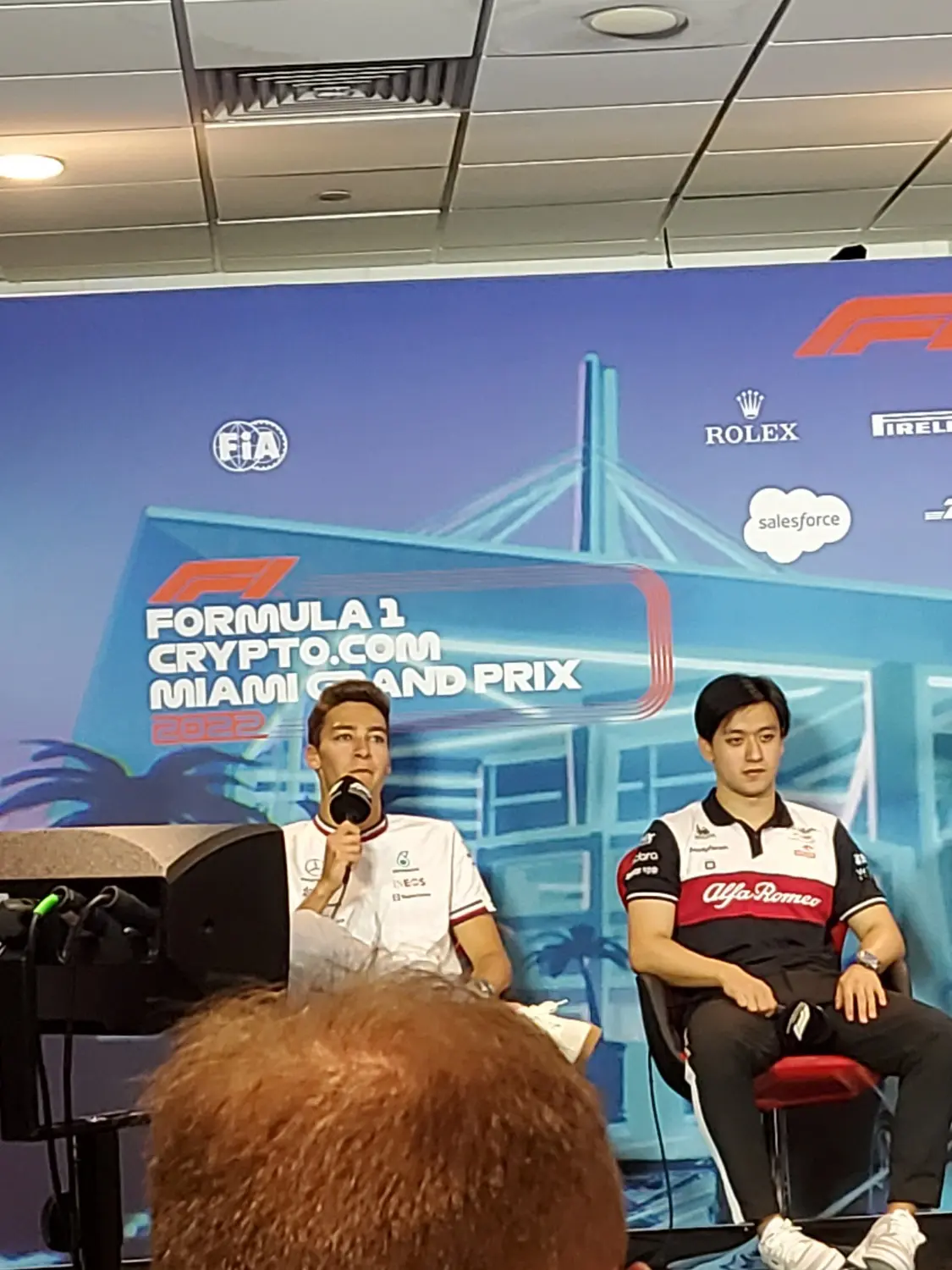With Practice Over, The Stage is Set | Hitting the Apex
A Formula 1 race week has a rhythm to it
The week starts off light-hearted. Drivers do publicity.
Behind the scenes, the support team is doing the work, building the garages out, setting everything up for the race.
Thursday is the last day before drivers take the track for the first 2 of 3 practice sessions.
On Friday, those sessions happen.
On Saturday, there is one final practice session before the pace of the cars are confirmed in qualifying.
And on Sunday, the race itself happens.
Generally, the importance of the Friday practice sessions oscillate between extremely important and not really important. Sometimes changeable conditions render the data almost worthless.
And then there is this weekend in Miami. A new track, a new asphalt type. Any second spent on track is crucial.
Slip-sliding Away
In the Drivers’ Press Conference this morning, there was a lot of discussion about how the asphalt feels different than what they normally drive on, and that the track was very intricate.
That turned out to be prescient, as the cars slid all over the track, sometimes resulting in close calls, other times resulting in crashes. All the cars bounced along the track, struggling for grip.
But eventually, the process known as track evolution took hold, and the times started dropping, the drivers got more comfortable.
That is what actually lead to the chaotic end to Free Practice 2.
A chaotic end to the second session of practice in Miami!
#MiamiGP #F1 pic.twitter.com/7ivbC6TG6M
— Formula 1 (@F1) May 6, 2022
The only way to find the limit of the car is to exceed the limit, then back off from there.
On a new track, this process is particularly important, because no one quite knows where the edge and limit is. There is not yet a “correct” way to take the corners, a tried and trued racing line honed over decades. So you end up with a chaotic process by which the most skilled drivers in the world are reduced to “maybe this will work” guessing.
It’s fascinating to watch it unfold and one of the allures of a new track is watching drivers slowly get in a rhythm and start dropping their lap times, getting used to how the tires interact with the asphalt, and constantly adjusting to the changing grip levels on the track.
It also means we don’t know anything yet.
Looking Ahead
If there is pace in the car, it will need to be manifested by Qualifying. The surprise of Friday was Mercedes, who showed good pace in both practice sessions, with George Russell topping the time sheets in the Free Practice 2.
Does it mean they’ll be fastest tomorrow? And that is the beauty of the sport. No one actually knows.
It could be that the new rear wing they brought is allowing them to find significantly more pace and they’ve closed the gap.
It could mean that they are simply further along in their weekend program and that other teams will find the pace tomorrow.
It could mean that they were running lower fuel loads.
It could mean nothing, it could mean everything.
And that is part of the majesty of Formula 1. No one ever really knows anything, and yet everyone is comfortable speculating.
Qualifying generally cements the pecking order for the weekend, and we are so new in this generation of cars and so new on this track, reading too much into any result is dangerous.
But for a Mercedes team that is used to dominating Formula 1 but stumbled out of the gates this year, at least for one day, they can sit atop the tables.
Tomorrow, everything changes. The one constant in Formula 1 is that once you think you have it figured out, something else comes along and humbles you.
Friday was a humbling day for many of the drivers, and Saturday portends to bring more humility interspersed with excellence to the Miami GP.
Vishnu Parasuraman is a contributor for @FiveReasonsSports. He covers the Miami Hurricanes for Sixth Ring Canes and Formula 1 for Hitting the Apex. You can follow him on twitter @vrp2003



Leave a Reply
Want to join the discussion?Feel free to contribute!